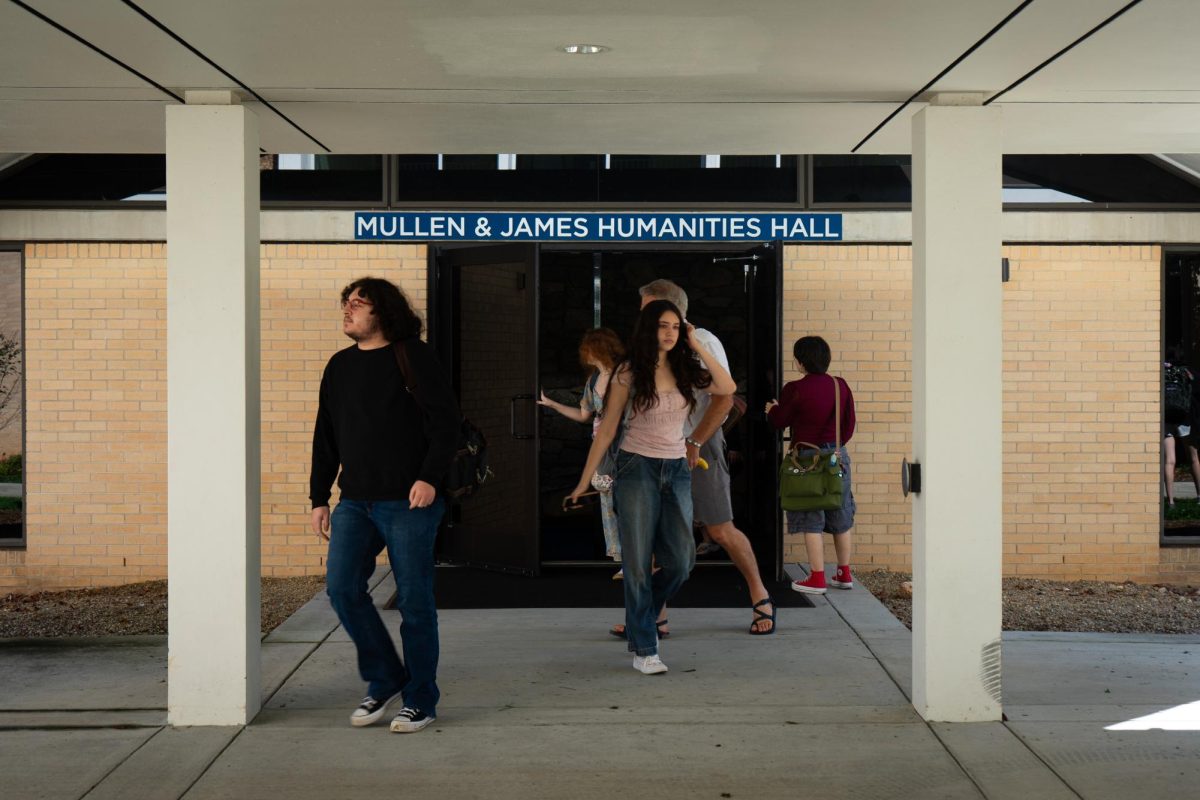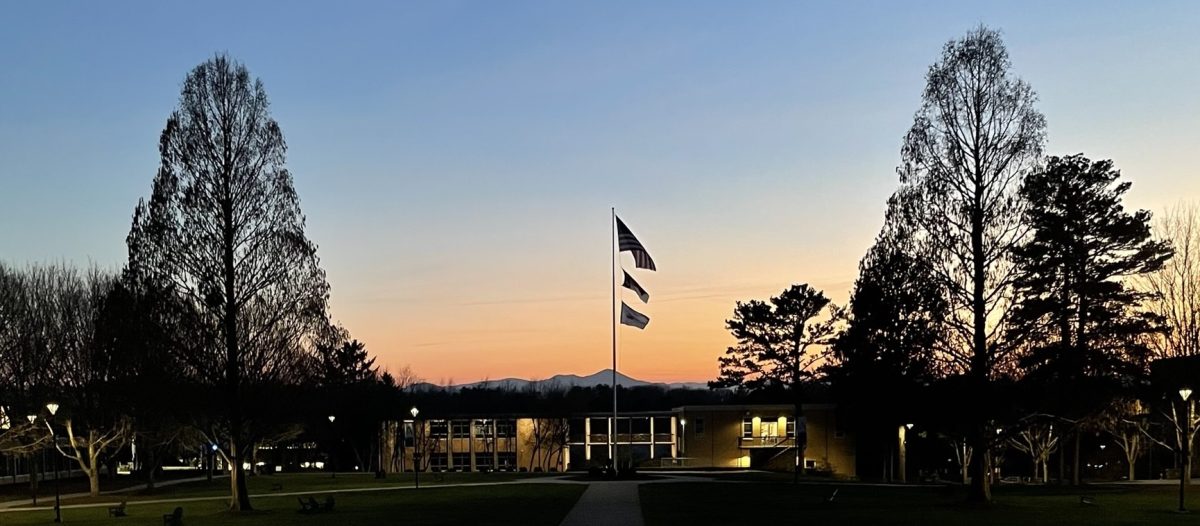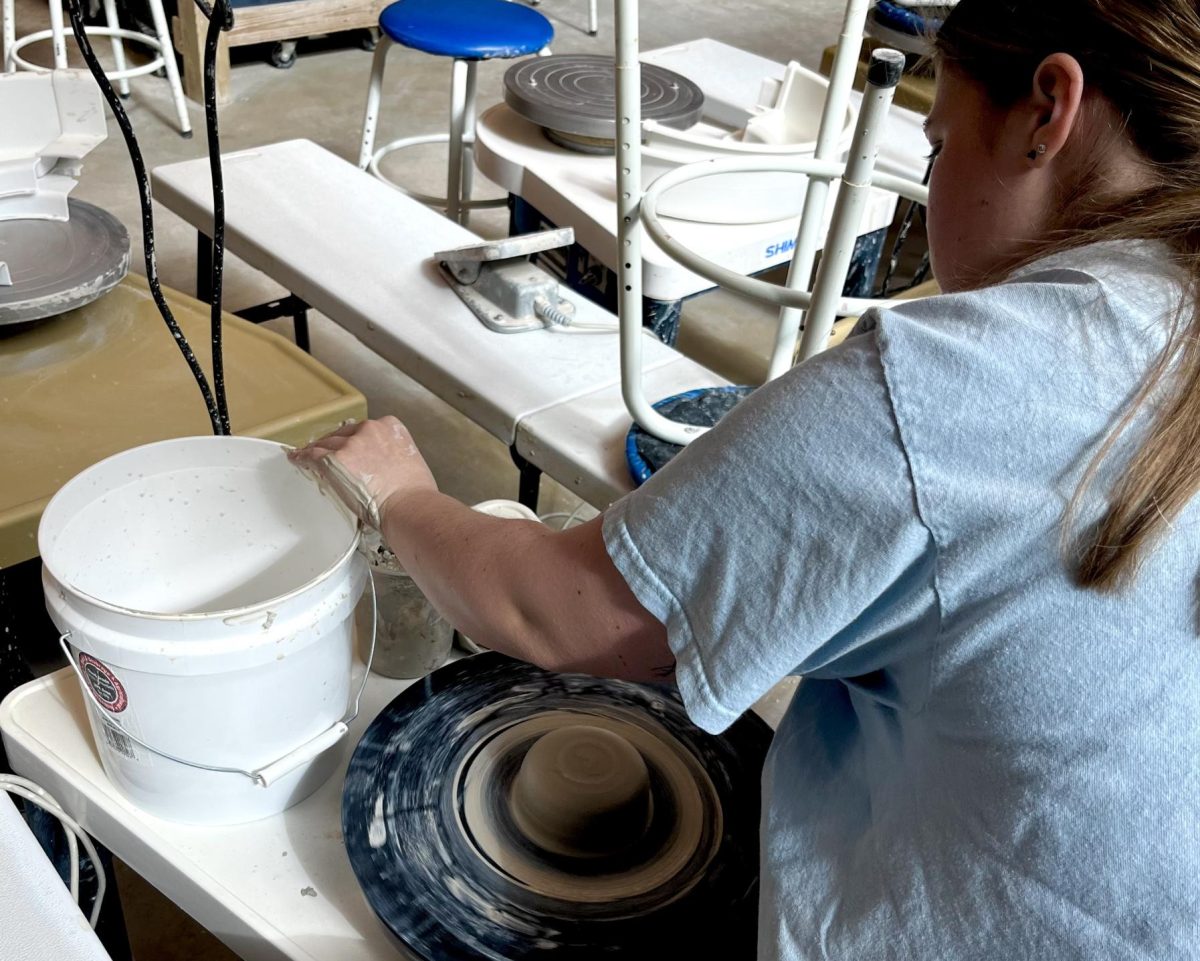by Charlie Stoddard
I was walking downtown after class one day in Freiburg, Germany and this fellow shouted, “Zehn zähne, 10 teeth.” I thought perhaps he had had 10 teeth removed. When I talked with Simon, my instructor, about it, he wrote “zähne zeigen” on the board, meaning “smile”. The fellow was taking someone’s picture!
During my eighth trip to Germany, which lasted December 2006 through January 2007, I studied German at the Goethe-Institute in Freiburg. My tenth through twelfth year classmates from Europe and Asia spoke and wrote university German with a competent instructor and Freiburg native whose mother survived the Allied bombing firestorm that occurred November 27, 1944.
The University of Freiburg is a public research institution located in Breisgau, Baden-Wuerttemberg. The university was founded in 1457 by the Habsburg dynasty as the second university in Austrian-Habsburg territory after the University of Vienna.
Students originate from throughout Germany as well as 120 other countries. One of those students is Martin Rehfuss, a seventh-semester geography and French student at The Albert Ludwigs University of Freiburg.
As I spoke with Martin, he worked on his laptop in the university’s Roman Library, where he had been busy the entire afternoon. His black Labrador guide dog, Gianna, lay sleeping beneath the table. Most everyone on campus knows the trusted duo.
Professors, however, expressed concern about a blind person going on excursions with fellow students because of his heightened danger of falling.
Martin explained a number of professors were inclined to doubt a blind student could manage a major in geography and French, as well as engage in leisure-time activities. Martin, who refuted their assumptions, explained his solution. When he was not invited on outings on campus, he simply went on outings at other institutes.
Martin could not understand that his hobbies — which included camel riding in the Black Forest, snowboarding, trekking, canoeing and climbing — constituted less dangerous activities than excursions.
Martin overcame these obstacles with enthusiasm.
“My course of study has many hurdles outside of the classroom,” Martin said.
During our conversation, a classmate interrupted his studies in the library to inform him that it was time for French.
It causes one to wonder how a blind person can find their way through doors, onto elevators and seat themselves at tables. On his way to French class, Martin could not see the metal bookshelf filled with Spanish books, another red wooden shelf, but with his “radar” he can orient himself in any room.
Martin possesses equipment that, with the press of a button, emits sound waves similar to the way sonar works. This allows him to walk around all the obstacles along his way to class.
A similar technique is used in an interesting YouTube video of Daniel Kish titled “How A Blind Man Sees With Sound,” in which he rides around town on his bike.
In French class, the lecturer read the end of The Red and the Black by the 19th- century French writer Stendhal. A helicopter flying by interrupted the lecturer’s speech, but this did not bother Martin at all. He has the entire lecture recorded to his laptop to play back later.
Students began to pack their rucksacks and shuffle out of the classroom as the class ended. This marked the beginning of the semester vacation break. As Martin’s thin, sunburnt arm reached for Gianna, she bit him lovingly and led him back to the library.
Categories:
For Martin Rehfuss and Gianna, anything is possible
April 12, 2016
0


![Brooke Pedersen [second from the right] and Luis Reyes [right] hold banners during the Wrap The Woods event.](https://thebluebanner.net/wp-content/uploads/2025/09/ELIZABETH_PRITCHITT_IMG_3470-1200x804.jpg)















